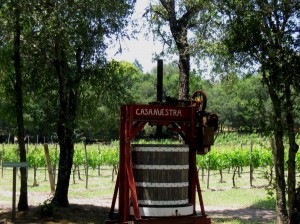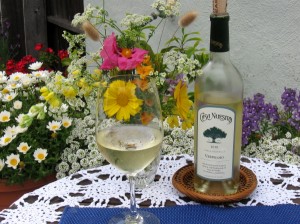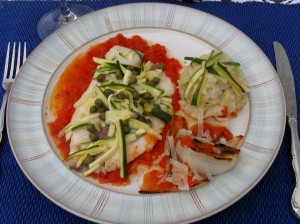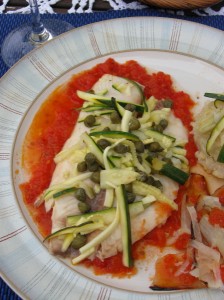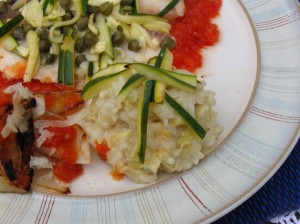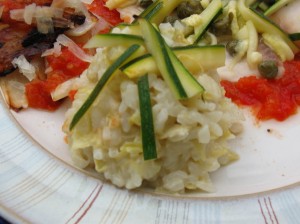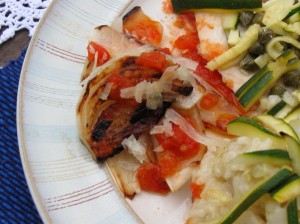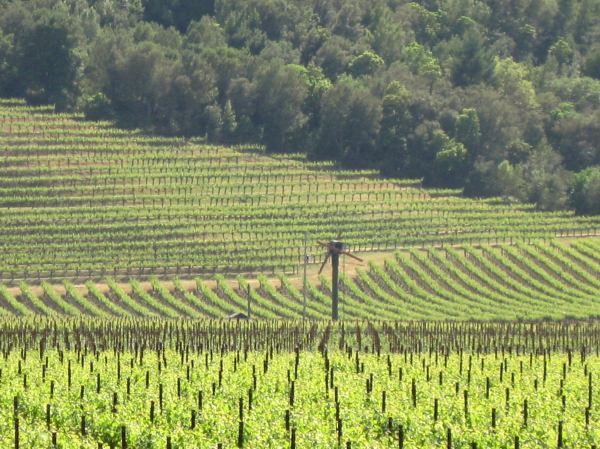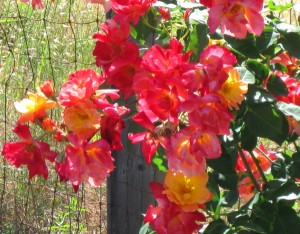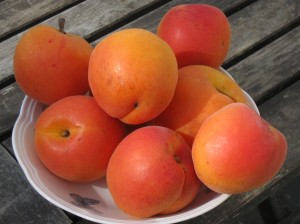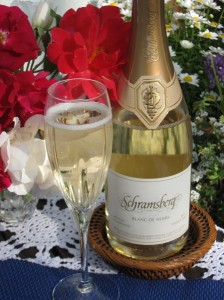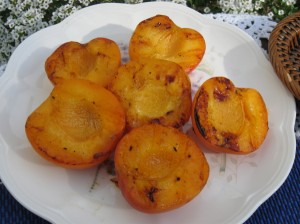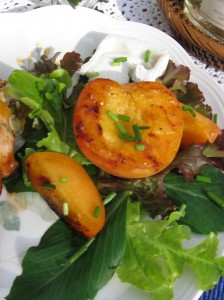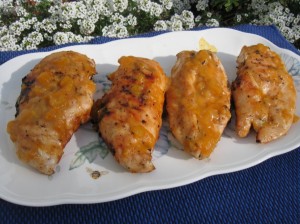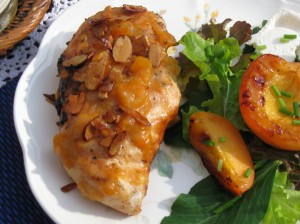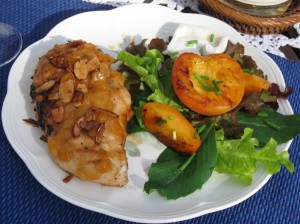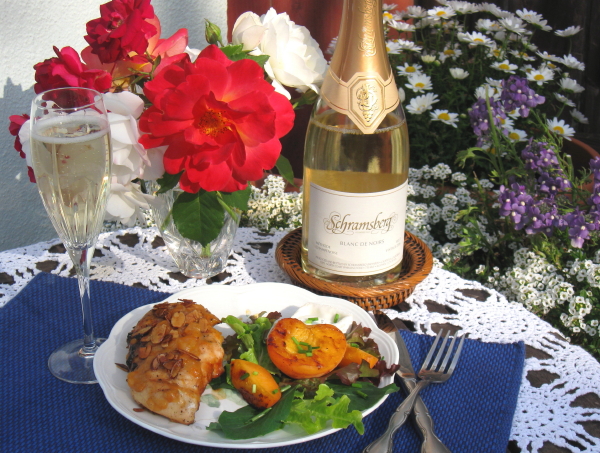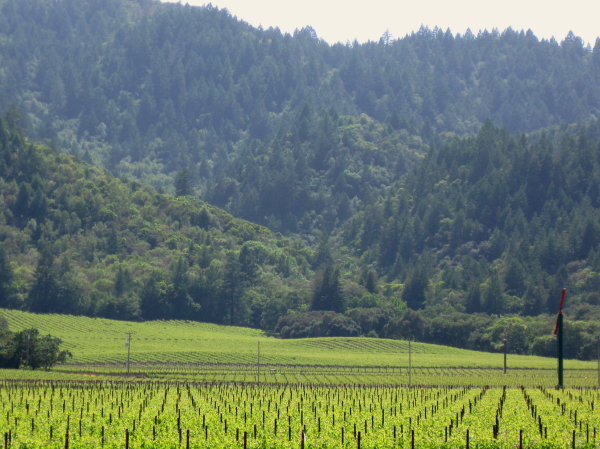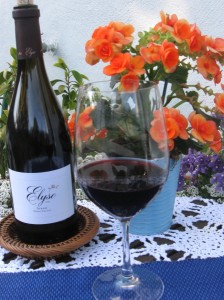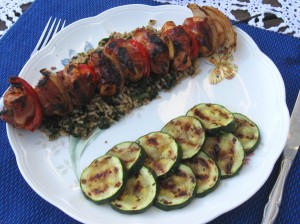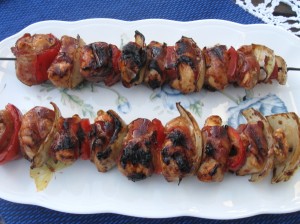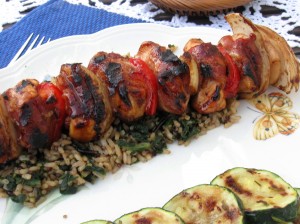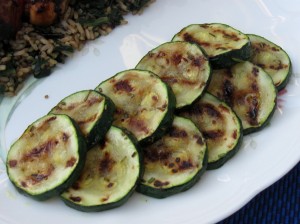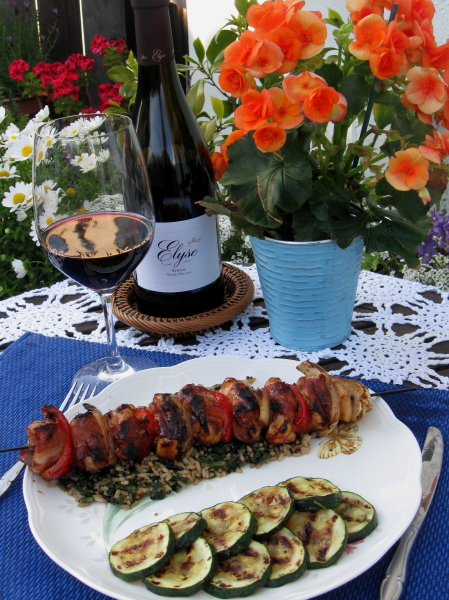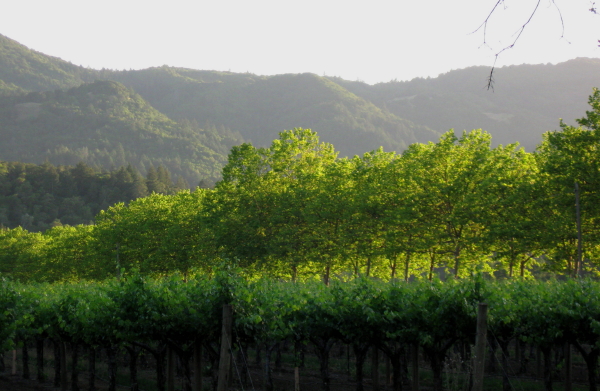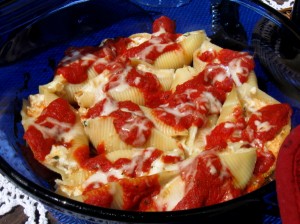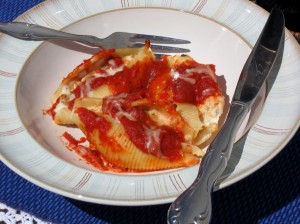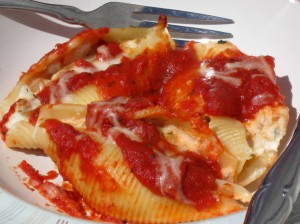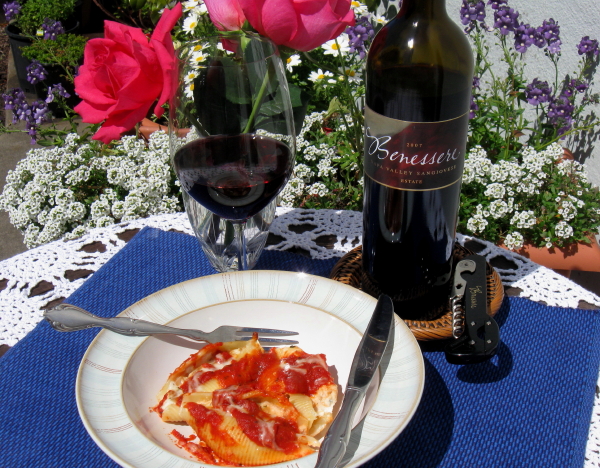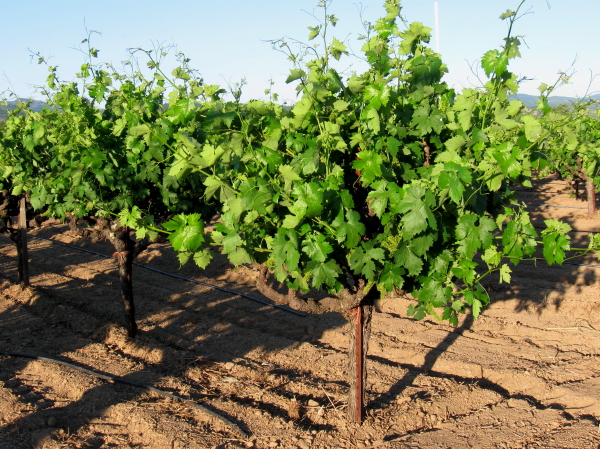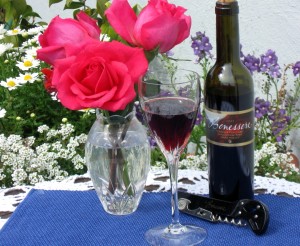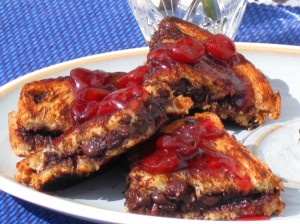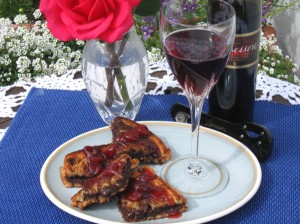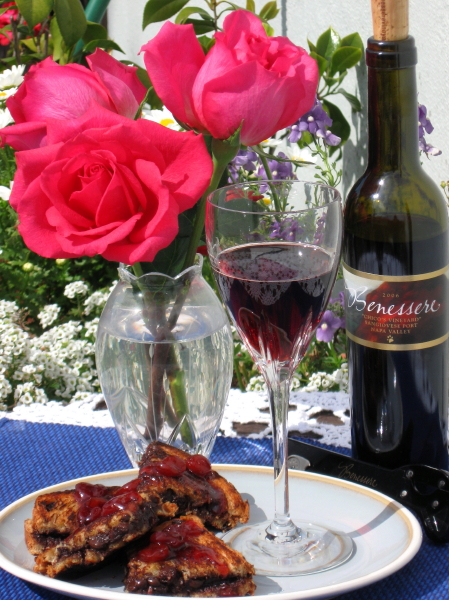Jun 14 2011
Wet Your Whistle With Verdelho
Much of the country the last few weeks have been gripped by high heat temperatures yet summer weather has been slow to arrive in Northern California. Like a pot rolling to a slow simmering boil, temperatures only just this week have reached into the 80’s throughout the Bay Area and may even flirt with the 90 degree mark.
Whether you have been enduring hot temperatures for weeks or suddenly find them waiting outside your patio door, your tastes for wine change immediately. No longer do those complex heavy cabernet sauvignons carry the same lure and they certainly do not taste the same in hot weather. The white wines that have waited patiently in your cellar all winter and spring almost call your name. The usual suspects sit in your cellar: Chenin Blanc, Chardonnay, Pinot Grigio, Riesling, Sauvingon Blanc and sparkling wines. But what if you want something dry, acidic and . . . different?
For the more adventurous palate, wait no more and hop in the car to head up valley along the Silverado Trail. There nestled under a grove of shady trees and among grape vines that seem to move with the groove of a laid back summer’s breeze sits Casa Nuestra Winery (“Casa Nuestra”). Casa Nuestra commenced its winemaking decades ago with a commitment to preserving various Old World varietals, some of which are not commonly found in the tasting rooms that populate the sides of Highway 29. Slowing pulling up the gravel road, the small friendly farmhouse welcomes visitors to enter “Our House” to taste the wines (many of which are estate grown). Outside are goats and dogs, a vegetable garden that donates its produce to the local food bank and organic farming throughout the premises completes the picture. Finding out that the entire winery is run on solar energy confirms the sense of sensitivity that Casa Nuestra readily conveys and for which it has historically prided itself.
Of the varietals that Casa Nuestra works to preserve and enjoy, one is Verdelho. For those who were early and subsequent loyal readers, the first year’s worth of articles on this site were dedicated to educating about a specific varietal, vineyard or American Viticulture Area (in addition to demonstrating the nuances of sustainable casual food pairing). Rather than create a pattern of redundancy, the past year’s worth of articles has veered from this format to focus more on the food and nuances of a certain bottling. This week, with a unique bottle being opened, it is fitting to commence with a bit of wine education.
Verdelho is a thick yellow-skinned grape from which a white wine is made, primarily originating in Portugal since the 1400’s. This varietal can be made either into a dry or off-dry style but nevertheless, is readily recognized for its racy acidity. While in the United States, Verdelho may seem like a unique or exotic grape, it is actually considered one of the “noble grapes”, meaning a classic grape. Prone to disease, many of the vines in Portugal were ripped out at one point but it has since returned with popularity. In neighboring Madeira, Verdelho is one of its most widely planted grapes.
Despite the varietal’s blatant acidity, its sugar content is higher than initially expected rendering it terribly refreshing on a hot summer day. The varietal is harvested early on and subject to frost. The longer the varietal stays on the vine or the warmer the vineyard is, the grape will exhibit a varying range of notes. If the vineyard is in a cooler location, more herbaceous notes will come forth and the wine will maintain a loyalty to traditional lemony or lime flavors. Add some heat to the vineyard and the flavors will become more tropical in nature and the alcohol content in the wine will rise (as it does in a Viognier). If Verdelho does not find its way to oak barreling, any significant aging of the varietal is questionable. Just as summer’s days are fleeting and meant for savoring, if you pick up a bottle of Verdelho, it is best to plan to consume it the same year of purchase to ensure enjoyable drinkability.
Casa Nuestra’s Verdelho is quick to let you know of its presence as a bottle opens and a glass is poured. The 2010 Verdelho hails from a vineyard in the Sierra Foothills so it oddly is one of the noble grapes that is not actually grown at the St. Helena estate winery. The wine’s nose is representative of California summers exhibiting aromas of lemongrass, lime and citrus blossom. Taking a sip, it is as if your favorite home-made limeade meets a crisp, freshing white wine. The Verdelho hits the palate with a serious punch of flavor and what is unexpected is that despite the wine’s quick exit, its flavor profile still lingers at the front of the palate long after the wine is gone. Further exhibiting the unique attributes of the varietal, you can swallow after the wine is gone and taste softer, juicier notes of sugared lime on the palate without the piercing acidity of its natural counterpart. This would be most attributable to the higher level of residual sugar in Verdelho.
So what does one pair with such an acidic white wine? Simply stated, seafood is paired best. The more briny the flavors, the better; thus opens the door for capers or salty fare. With this in mind, this week’s menu seeks inspiration from both Portuguese and Spanish dishes:
1) Baked Tilapia Dressed in Meyer Lemon Zucchini and Capers With a Red-Sherry-Garlic Sauce;
2) Roasted Vidalia Onions with Red-Sherry-Garlic Sauce and Shreds of Manchego Cheese; and
3) Artichoke-Shallot-Manchego Risotto dressed with baked julienned Zucchini.
Capers are terribly briny and unique in its flavor profile. If there is a tough ingredient to pair with a wine, capers would be it. Tilapia also has a unique flavor to it, making it slightly stronger than other white fish. Similarly, mussels or oysters with their strong unique flavors would pair well with the Verdelho. A Meyer Lemon is picked from my backyard tree to use its juice in order to toss the zucchini and capers before placing atop the fish to bake. When a white wine is acidic like Verdelho (or Sauvignon Blanc) it is an easy foregone conclusion that lemon juice in a recipe will tie the plate to the wine with a nice neat bow. Once baked, the fish is placed atop a puree tomato, onion, garlic and sherry. A bite of this with a sip of the Verdelho makes you feel as if you have stopped along a sea port and that salty marine air should be within reach.
Wines with an acidic profile love tomatoes. Tomatoes are equally acidic. The simple tomato sauce featured in this week’s menu tames the brash acidity of the wine and allows softened flavors of lime and lemongrass to step forth.
Manchego cheese is prevalent in Portugal’s neighboring country, Spain, and found as an ingredient in many dishes. Made from sheep’s milk, Manchego cheese has a certain tangy bite to it that pairs naturally with the acidity of Verdelho. It is fascinating to taste a varietal that is native to a particular part of the world and pair it with a cheese that famously hails from a similar area and taste how seamlessly they meld together. In this case, the acidity of the wine and the tanginess of the cheese both mellow. The cheese becomes creamier and the wine becomes readily embraceable. Manchego cheese becomes an ingredient with the roasted onions and in the risotto.
Artichokes, shallots, garlic and manchego cheese are combined with a white wine infused risotto and with one bite anyone can understand why this dish will become a personal favorite. To serve the risotto a bit differently, it is placed as a scoop and topped with baked julienned zucchini. In many areas, zucchini is starting to appear in backyard gardens or nearby produce stands. It is a summertime favorite when fresh and incorporating it into this week’s menu makes the dish seasonally sustainable.
This season’s newest produce arrival is that of Vidalia Onions. Vidalia Onions are uniquely sweet and when roasted, its flavors caramelize and are heavenly bites. Roasted wedges are dressed with a bit of the red sauce and shreds of manchego cheese. The soft flavors of the combination pair naturally with the wine and evolve into savory delights in the mouth.
A sip of the wine after the meal is all said and done clears and cleanses the palate such that it wonders, “What’s next?” As we collectively sit one week away from the official start of summer, many of us similarly wonder with excitement and anticipation.
Comments Off on Wet Your Whistle With Verdelho

